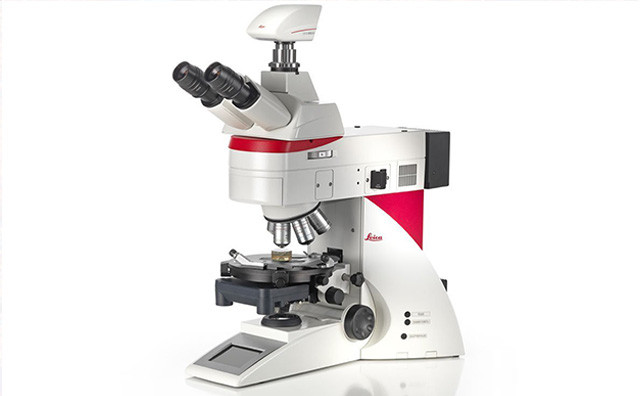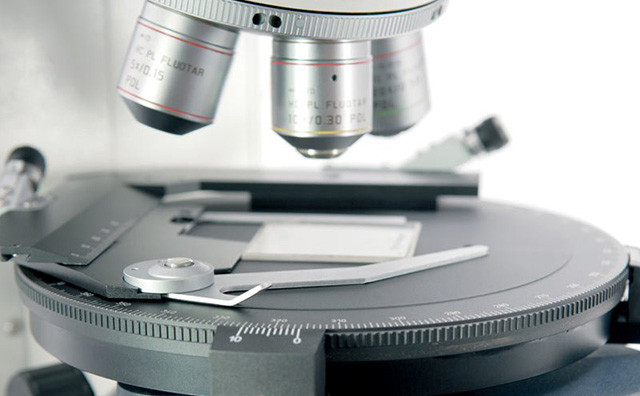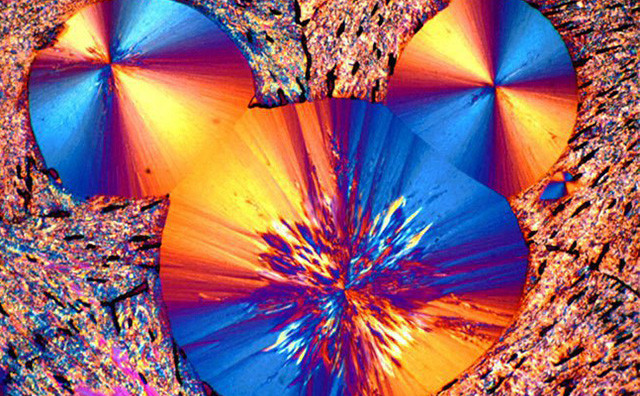
 400 099 7576
400 099 7576With 6 objective nose-pieces
Fully coded semi-automatic
Stress-free optics

Storing and calling up information via coded components:
When you want to change objectives, the settings for the illumination intensity and aperture can be called up via the illumination intensity control and contrast manager.
Thanks to the coded objective turret, the captured image is always calibrated.
Identifying structures of interest:
The large 25-mm field of view gives you an excellent overview.
It is often the overall image at low magnification that shows you the specific information you need, rather than details - such as flow structures, deformation structures or banded structures caused by cooling processes.

The objective turntable with 6 objectives and different magnifications provides you with a wealth of information about your sample.
Use the 2.5x overview objective to identify macro-structures in your sample.
For detailed investigations of the optical properties using conoscope analysis, switch to 63x magnification.
Switch to 100x to examine phase reactions along particle boundaries.
And the objective turret is coded to provide you with intelligent support.

The Leica DM4 P polarizing microscope can be configured for LED illumination with either transmitted or incident light or both light sources at once.
Incident light is essential for reflectance measurements, e.g. when observing minerals or coal.
Transmitted light is required for birefringence measurements, e.g. when examining geological thin sections, polymer films or pharmaceuticals.
Both light sources are essential for special applications such as geological research.

 PDF
PDF

 下载
下载
The customer's agreement is truly good! Whether it's products or services, the genuine feedback from customers is the source of our continuous improvement. Customer recognition is our unparalleled glory.

TOP